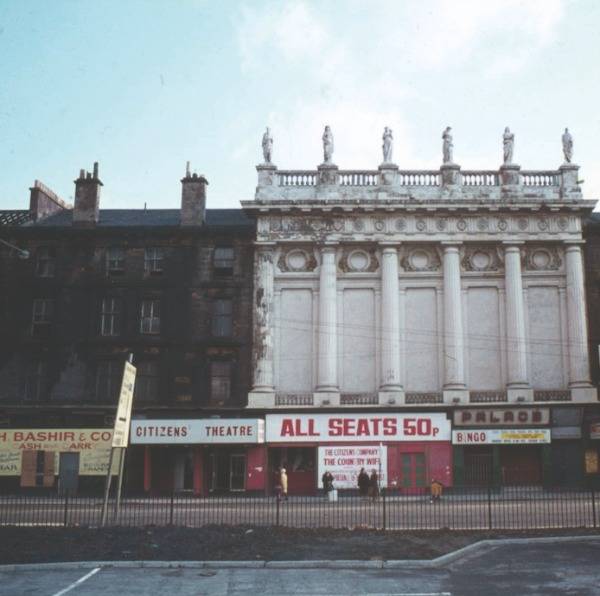Harry Potter collides with Blade Runner in this uneven dystopia which manages to intrigue, captivate, bewilder, annoy and then, finally, to disappoint. Kathy H, the narrator, introduces herself as a 'carer' whose job is to look after 'donors' until they 'complete'. Through veiled hints, false leads and occasional revelations the ghoulish implications of these terms are gradually revealed.
The story is told in flashbacks as Kathy, partly through adult encounters with her two most intimate childhood friends, Tommy and Ruth, tries to piece together the meaning of her unhappy destiny. The most successful part of the book is her evocation of the seemingly idyllic Hailsham a secluded country estate where 'special' children are brought up by guardians, separate from the rest of society.
Like Hogwarts Academy, Hailsham is an ordinary school for less than ordinary pupils. And like Rowling, Ishiguro excels at closed systems and ordered regimes, meticulously constructing a similarly complete world with its traditions, petty regulations, quirks and customs. We are able to visualise the grounds, the view from the Art Room, the shortcut round the out of bounds rhubarb patch. Students form groups and tribes, find special places to meet, discover that the crowded lunch queue is a good place for a private conversation or, failing that, the pond or the pavilion. Exaggerated value is attached to their creative output. They invest in each other's art work although and this is a hefty clue to the sinister nature of the enterprise the best is always removed by the mysterious Madame for her legendary gallery.
Kathy's flat, matteroffact tone perfectly matches her childlike perceptions as she recalls friendships and jealousies, sharp moments that may have been turning points: the sudden halting of the relentless bullying of Tommy; the ostracising of children who probe too far; the indiscretion of a guardian; Ruth's selective favouritism suddenly shifting to neglect. The central romance that flickers through the novel is awakened and eluded in a hothouse atmosphere where adolescent curiosity about sex conspires with a collective denial of the true nature of the community and the reason for its privileges.
The sense of menace hovering over an otherwise normal setting is brilliantly sustained until Kathy and her group are released from the protection of their guardians to a kind of halfway house, where they live with older "veterans" of the system and learn to interact with the real world. It is at this point that the flaws in the novel begin to be noticeable. Parallel universes don't convince unless their relationship with the everyday is properly delineated. Hogwarts exists only beyond Platform 9 3/4. Narnia happens behind the wardrobe. Or else, as in most adult science fiction, the alternative reality is removed altogether, to the future or to a different galaxy.
But here the setting is the very recent past. The adolescents are part of a vast genetic experiment, their lives predetermined to the point where they have no identity as citizens. Yet they go to shops, spend money, watch TV and listen to cassettes. Kathy drives a car and lives in a bedsit. Others, it is hinted, even form relationships with those on the outside, though this is not encouraged. Quite how this massive exploitation operates in the context of 1990s Britain is never made explicit, even though it appears to be condoned as a social benefit.
Once we realise why these 'students' are different, and what awaits them, the narrative seems to drop off as if the author has got sick of it and isn't quite sure where to go next. So after an interlude of painful waiting and awkward reconciliations, there's a sudden rush to the dénouement an archaic device whereby two characters from the past, tracked down and cornered, confess all. And that is that.
Without warning, the furnace of the opening scenes splutters into ashes. The novel promises to explore profound questions: the morality of experimentation; the limits of sacrifice; the nature of love, humanity, the soul. But it only scratches the surface because there is no real conflict, not even for the doomed lovers. Nor is there any character development, no railing against fate, unless you count a kind of wistful regret and a bleak acceptance.
It's almost as if the author has dared to create a nightmare proposition then abandoned it in panic, leaving us instead with a reality game show. There's a serious ethical hypothesis here waiting to be challenged. But what's the point of a cause without even a single rebel?
Never Let Me Go is available from Amazon (UK)

